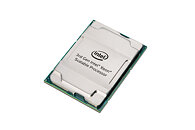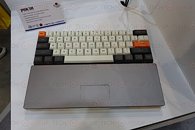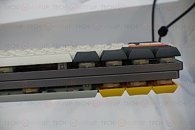
Open Compute Project Foundation and JEDEC Announce a New Collaboration
Today, the Open Compute Project Foundation (OCP), the nonprofit organization bringing hyperscale innovations to all, and JEDEC Solid State Technology Association, the global leader in the development of standards for the microelectronics industry, announce a new collaboration to establish a framework for the transfer of technology captured in an OCP-approved specification to JEDEC for inclusion in one of its standards. This alliance brings together members from both the OCP and JEDEC communities to share efforts in developing and maintaining global standards needed to advance the electronics industry.
Under this new alliance, the current effort will be to provide a mechanism to standardize Chiplet part descriptions leveraging OCP Chiplet Data Extensible Markup Language (CDXML) specification to become part of JEDEC JEP30: Part Model Guidelines for use with today's EDA tools. With this updated JEDEC standard, expected to be published in 2023, Chiplet builders will be able to provide electronically a standardized Chiplet part description to their customers paving the way for automating System in Package (SiP) design and build using Chiplets. The description will include information needed by SiP builders such as Chiplet thermal properties, physical and mechanical requirements, behavior specifications, power and signal integrity properties, testing the Chiplet in package, and security parameters.
Under this new alliance, the current effort will be to provide a mechanism to standardize Chiplet part descriptions leveraging OCP Chiplet Data Extensible Markup Language (CDXML) specification to become part of JEDEC JEP30: Part Model Guidelines for use with today's EDA tools. With this updated JEDEC standard, expected to be published in 2023, Chiplet builders will be able to provide electronically a standardized Chiplet part description to their customers paving the way for automating System in Package (SiP) design and build using Chiplets. The description will include information needed by SiP builders such as Chiplet thermal properties, physical and mechanical requirements, behavior specifications, power and signal integrity properties, testing the Chiplet in package, and security parameters.


















